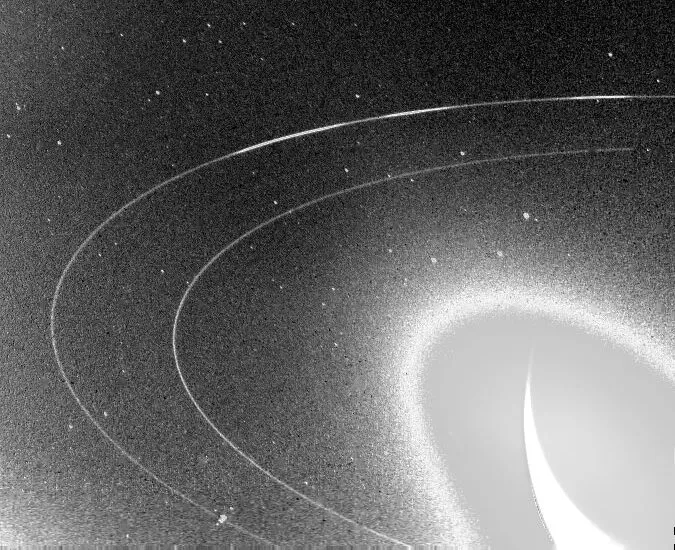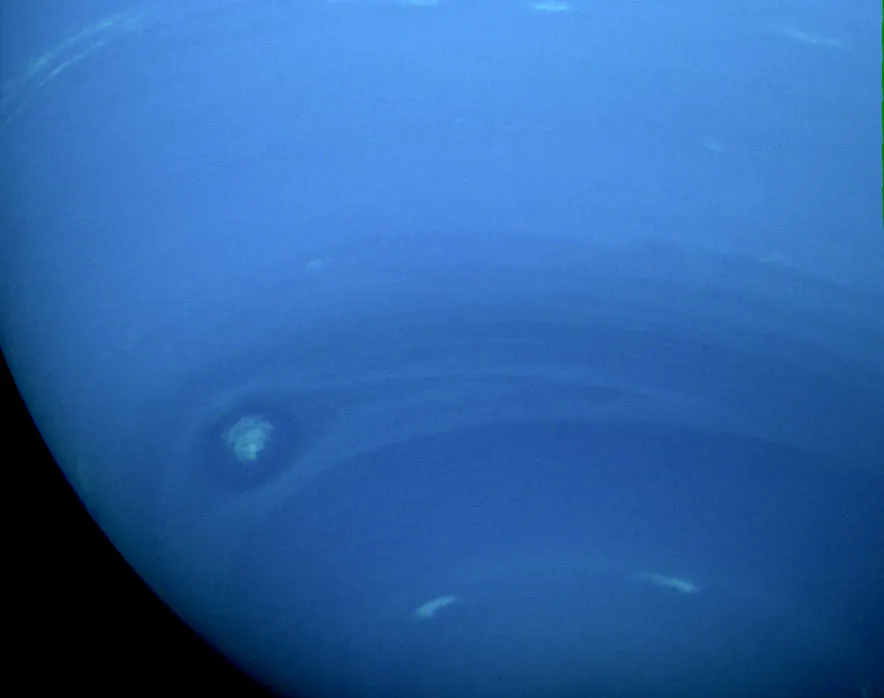So far, most of the James Webb Space Telescope's images have revealed infrared views of deep-sky objects like galaxies and nebulae.
And while we have already seen beautiful Webb images of Jupiter and its moons, planet fans have been waiting to see what else it can show us of our own Solar System.
NASA has now released an incredible view of ice giant Neptune, captured by JWST on 12 July 2022, that reveals the planet's rings and faint dust bands in amazing detail.
See James Webb Space Telescope's latest images

Planetary scientists are already discussing the new Webb image of Neptune in relation to those captured by the Voyager 2 spacecraft as it flew by the planet in 1989.
"It has been three decades since we last saw those faint, dusty bands, and this is the first time we’ve seen them in the infrared," says Heidi Hammel, interdisciplinary scientist for Webb.


Anyone familiar with Voyager 2's images of Neptune might be wondering why the ice giant doesn't appear vibrant blue in these new JWST images.
The answer lies inWebb’s Near-Infrared Camera (NIRCam), which images objects in the near-infrared range from 0.6 to 5 microns.
The methane gas that gives Neptune its blue hue in the Voyager 2 images actually absorbs red and infrared light, so the planet appears almost dark in near-infrared, except for those regions where high-altitude clouds are present.

The large, bright point of light with diffraction spikes that dominates the image is Triton, Neptune's largest moon.
But look closely and you can also see 7 of Neptune's 14 known moons surrounding the planet.
Triton appears so large because it is covered in nitrogen ice, meaning its surface reflects about 70% of sunlight that hits it.
It's thought that Triton may also contain a subsurface ocean.
What's also striking about the image is Neptune's rings, which may come as a suprise to some.
Saturn isn't the only planet in our Solar System with rings: Jupiter has rings too, for example.
Here's a video from the European Space Agency explaining what makes this new Neptune image so special:
This incredible image of Neptune captured by humanity's largest space telescope is a tantalising glimpse as to how JWST is poised to reveal our entire Solar System in a brand new light over the coming decades.
